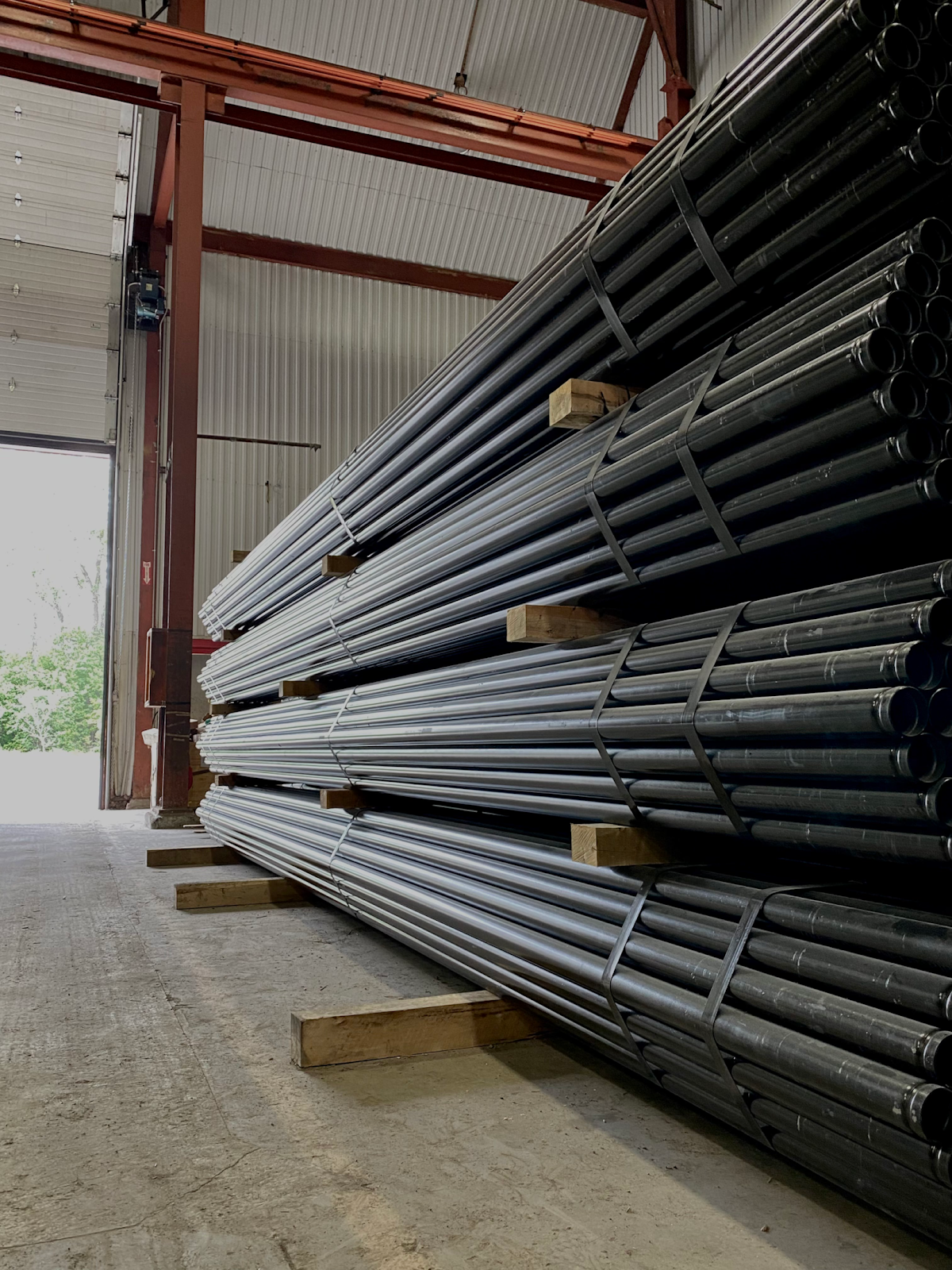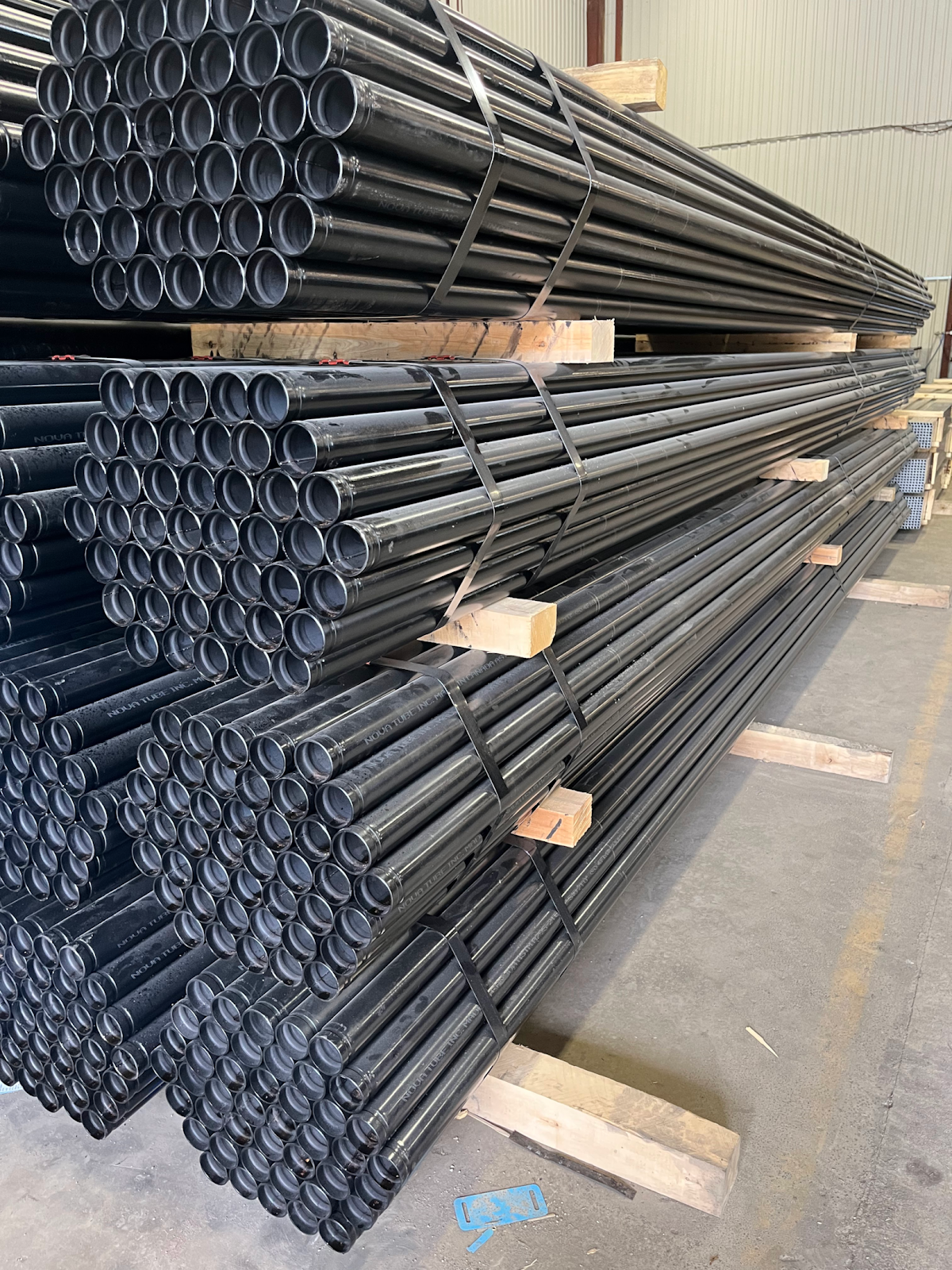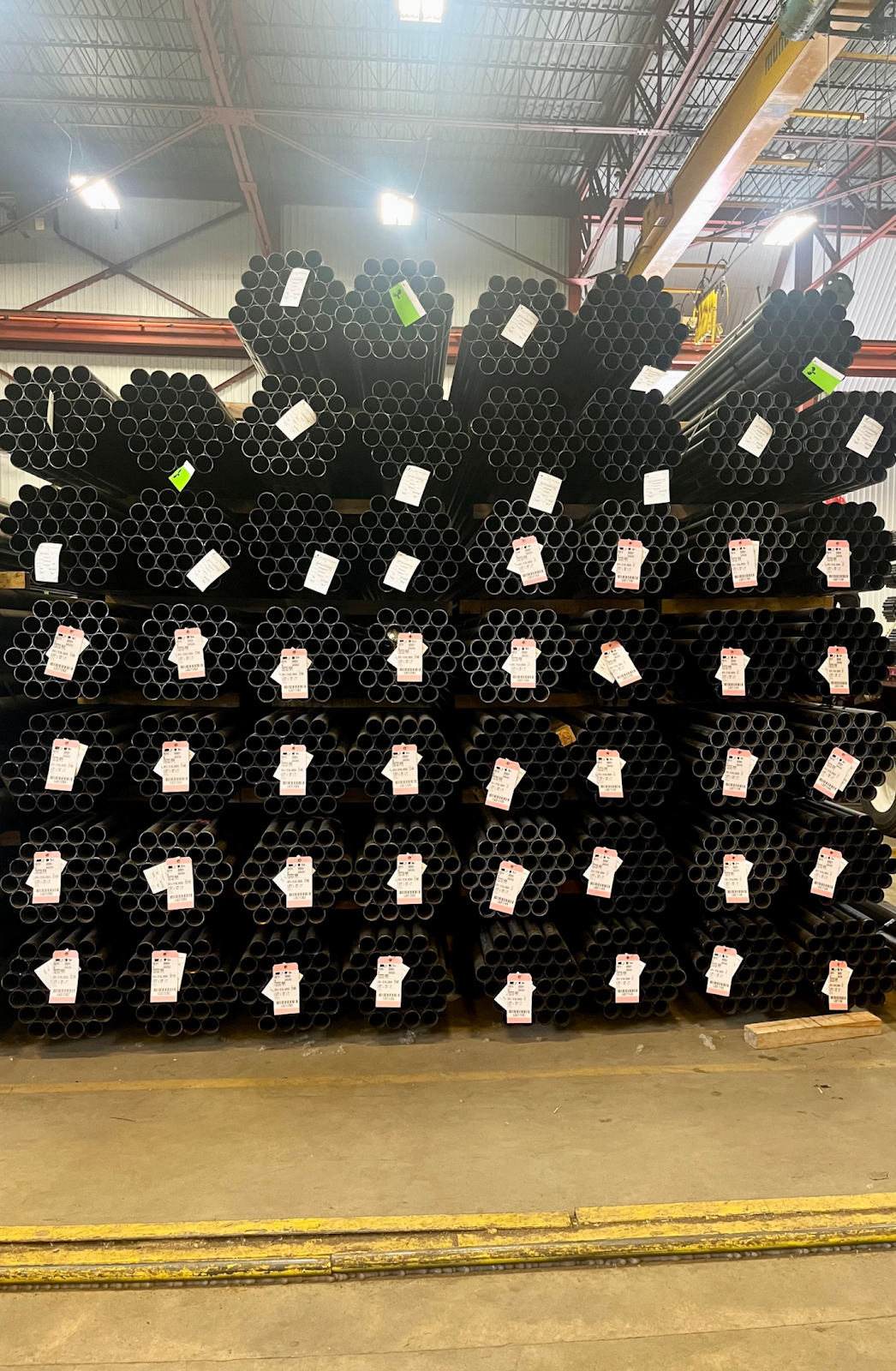What Materials and Manufacturing Processes are Used for ASTM A53 Pipes?
The steel used for both seamless and welded pipes under the ASTM A53 specification can be produced through several processes, including open-hearth, electric-furnace, or basic-oxygen methods. For electric-resistance welded pipes, particularly Grade B, the weld seam must undergo heat treatment to a minimum of 1000 °F [540 °C] to eliminate any untempered martensite, ensuring the integrity and strength of the pipe. The manufacturing process must adhere to the stringent requirements of this specification, including the test method portion, which ensures that the pipes meet the permissible variations in weights per foot and outside diameter. Forming operations involving coiling, bending, and welding must also comply with the specification to maintain the quality and performance of the pipes. This rigorous approach guarantees that the pipes are suitable for mechanical and pressure applications, whether used in air lines, water systems, or other critical infrastructure.As a specialized distributor of tubes and pipes, Altitube steel ensures collaboration with pipe mills that offer the highest quality standards in the industry.



